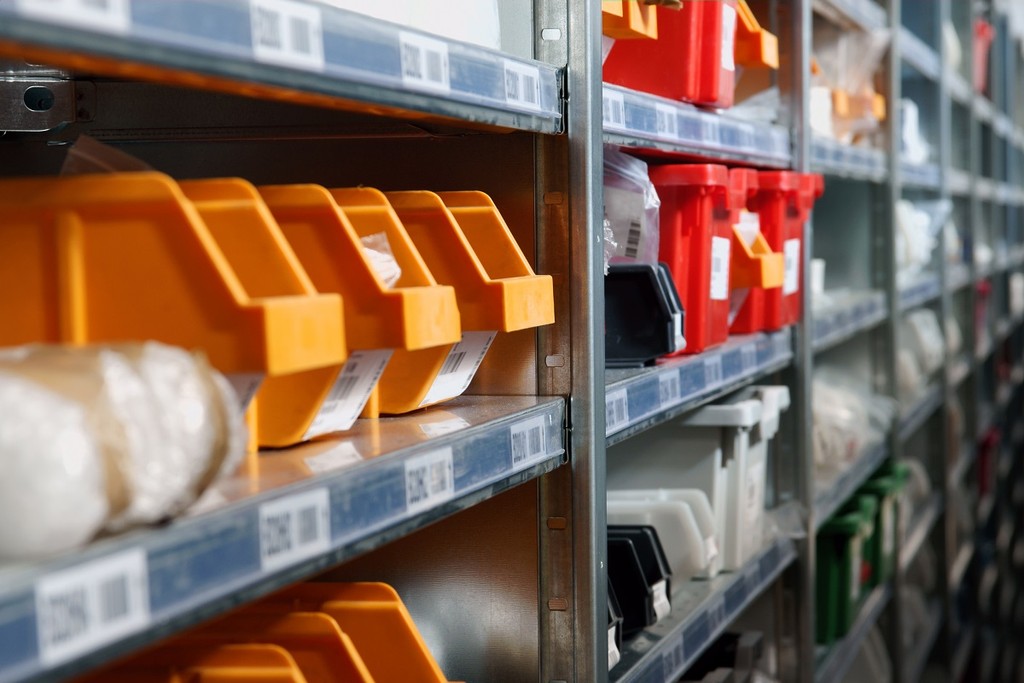Warehouse Management Center Best Practices
Monitoring the operations of a warehouse management center is not an easy feat. The job of a warehouse manager is to ensure that products flow through the facility smoothly. The center’s layout must be optimized and products must be in stock in order for orders to be fulfilled. Plus, profitability needs to be ensured and labour costs, as well as overhead, must be minimized.
The process of consistently supplying products on-schedule and through numerous channels is challenging. Pressure from buyers is common as well as keeping up with various inventory demands. Similarly, the needs of warehouse management center workers must be taken care of.
The best warehouse management center practices must, therefore, be followed to avoid problems later on. Doing so also ensures that the management of inventory runs flawlessly. The following are warehouse management center best practices to follow.
Consider Cross-docking
Cross-docking allows you to minimize products’ storage time and handling. As a result, your warehouse management center operation becomes lean and you get a positive return on your investment.
The process of cross-docking keeps warehouse inventory management seamless, and product storage effortless. Meanwhile, wave picking can be adopted if your shipping system is complex. Both cross-docking and wave picking saves you time and money in the long run.
Practice Automatic Data Collection
When warehouse management center workers write information on paper or type in long strings of numbers in a keyboard, it generally means they have no automatic data collection system.
Utilizing bar codes and RFI or radio frequency identification help increases accuracy and productivity in inventory. It also decreases labour costs. Unfortunately, the automatic data collection is not fully implemented in most companies.
Minimize Dependence on Manual Entry of Data
Using bar code scanners, RFID readers along with mobile computers help the proper and quick identification of products as soon as they arrive at the dock. These tools help minimize errors related to the manual receipt of products. Identifying, counting, errors in data entry decrease if not eliminated.
Unfortunately, numerous facilities believe they could survive without advanced technology. They have yet to realize that such technology allows warehouse workers to focus more on processing customer orders in a timely manner. It also avoids errors and encourages inventory accuracy.
Related article: Leverage the Benefits of Warehouse Storage and Cross Docking
Assess and Rearrange the Floor Plan
The process of restructuring the floor plan might not be easy or a welcome idea for most. But doing so is an effective strategy to make the floor plan efficient. Storage charges must be made because supply and demand are similarly fluid. The best strategy is to modify storage plans to suit your current business model.
Utilizing movable tracking options on the floor makes product monitoring easy. Identifying the location of a product makes the process intuitive, quick, and effortless. Applying fixed tracking also helps the management and assignment of destinations efficiently.
Implement Security Protocols
Besides monitoring inventory and products coming in and out of the warehouse, tracking employees is also a necessity. Including security protocols in the warehouse management center process is a must if you want to practice safety protocols.
Giving staff ownership of safety rules practiced in the warehouse helps establish individual accountability. Monitoring their behaviour becomes easy if proper security is in place. Documenting safety lapses is necessary especially in cases where you need to backup an action taken for or against a worker. Documentation also helps protect staff if in case an injury occurs.
Monitor Best-selling Items
Tracking orders and sales of products is one benefit of optimizing warehouse inventory management. This data can also be used to monitor high selling items and have these be positioned in an area where they will be easy to locate and retrieve.
The end result is the efficient management and storage of inventory, as well as faster shipping. Consequently, customer satisfaction is achieved.
Create a Safety Committee
Warehouse accidents happen. In order to avoid or minimize accidents, worker safety training must be practiced. A safety committee is the first step in practicing advanced safety procedures. Members of such a committee can be chosen from various organizational groups within the warehouse such as shift supervisor, floor worker, department manager.
Giving each worker in the organization a voice keeps everyone engaged. It also encourages the proper implementation of safety protocols. Issues such as failure to wear protective equipment, improper fire safety rules, incorrect lockout procedure are all addressed with the correct people.
Apply an Organized Returns Process
Product returns is a complicated process because it has an effect on all inventories, be it electronic, physical or accounting. Items need to be properly identified, assigned to an account and sorted for physical processing. Credits are then issued as part of the return.
The entire returns system is challenging to automate using a manual paper process. Implementing an efficient management system to automate everything is a best practice that requires the entire cooperation of all stakeholders.
Avoid Procrastination
It is easy to put off later the task of handling shipments received from suppliers now. Procrastination is the death knell of any business, specifically the logistics business where the wise use of time is essential. Breakdown the boxes now, place items in the recycling bin, unpackage products, stock them properly.
Procrastination is a habit that needs to be broken. If a shipment regularly arrives at the same time every week or each day, this needs to be in your schedule. You can have all the boxes lined up, open each to know what is included inside. Then, make a mini stockpile for each box. Being able to know where items will be located, and putting items close together, allows you to retrieve them from the warehouse floor.
Delivery Appointments Need to be Scheduled
An efficient way to decrease unexpected issues is to schedule dock staffing. Inbound carriers can be required to have delivery appointments scheduled. Carriers can be assigned a window of time for delivery.
They could also be scheduled a recurring monthly, weekly or daily appointment. Doing so makes the scheduling of staff easy. Consequently, any information or paperwork needs to be provided prior to the actual delivery date.
Prepare for Emergencies
It is always better to be prepared for emergencies. Proper exit locations, as well as evacuation procedures, must be in place. Plus, the location of emergency equipment, as well as fire extinguishers, must be easily accessible. Additionally, selecting the right ladder for its intended use also helps lessen the probability of injuries. Since ladders are mostly used to reach the top racks or shelves, it is critical that the appropriate one is used to avoid or at least minimize injury.
Situations where a product accidentally falls on an employee’s feet, head, arms, legs; congestion-inducing housekeeping programs; forklifts rolling off the dock, are few of the problems encountered in warehouses. Enforcing safety procedures and strictly implementing these help avoid untoward issues in the future. A few of such measures include the proper securement of dock plates to avoid them from rolling over, conducting everyday load inspections, disallowing forklifts to back to the dock’s edge, having employees or workers follow safety rules.
Related article: Warehouse Management Best Practices
Conclusion
Warehouse management center best practices highlight actions that encourage the proper implementation of regulations, habits, and processes that lead to a more streamlined system.
Religiously adhering to these practices, it could spell the difference between a mediocre warehouse, and a warehouse that prioritizes worker safety, business success, and customer satisfaction. All in all, these practices lead to a win-win result for all involved.
Sign up for industry alerts, insights & news from RoadLINX


